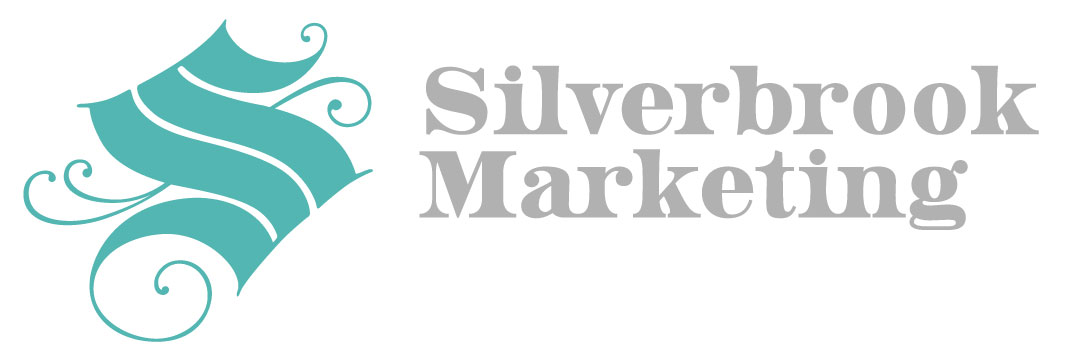It seems like everywhere you turn these days, someone is touting the benefits of AI. Artificial intelligence can now be used to write content, create images, even develop entire ad campaigns. The issue is that using AI requires lots of trial and error on the inputs you provide as well as oversight and fact-checking of the results you receive. Not everyone is going to be a whiz at using AI for marketing purposes.
But take a step back from the computer overlords, and marketing automation is a tool that any marketer can use. Yes, it still involves a basic understanding of technology. But marketing automation tools generally require less oversight once they are set up. And today’s tools are often user-friendly and intuitive to use.
What is Marketing Automation?
Marketing automation uses technology to make various tasks and processes run by themselves. You set up rules, triggers, and guidelines for the tools you’re using, and the tools follow them. These tools are typically software applications that integrate with your existing marketing software.
And leveraging automation for mundane and repetitive tasks has massive ROI. According to a report by McKinsey, automation can save marketers up to 20% of their work time, allowing them to perform human-centric strategic work. Marketing automation can also ensure a better customer experience due to its ability to deliver personalized communications.
5 Ways to Use Marketing Automation
What marketing tasks can be automated? There are a ton of things you can automate, but they all fall within one of these five categories:
1. Database Management
It’s critical to have a “clean” database to use any marketing automation tools. On the plus side, these same tools can actually help you practice good list hygiene!
You can automate lead capture by incorporating forms on your website and in your paid advertising. From there, your leads enter your database and all information is entered into separate fields. Automated processes can document any interactions these leads have with your brand, from web page views to engagement to purchases.
Later, you can automate targeted content delivery based on these fields. You can also use automation to score your leads, prioritizing contact with those who are most likely to convert into customers. The benefits of using marketing automation this way are massive. A Forrester study found that companies automating their lead nurturing workflows see a 451% increase in qualified leads.
2. Personalized Messaging and Content
The automation benefits don’t stop once leads become customers. Both groups can be segmented and sent personalized communications that increase conversion rates. Any field in your database can be used to segment your list, so keep this in mind when you’re building your forms! From demographics to behavior and purchase history, the possibilities are huge.
Marketing automation allows users to create and deliver personalized communications that would take ages to craft by humans. Not only can you automate content sourcing by audience segment, you can also implement triggers within your database to deliver specific pieces of content per field or entry type.
For example, let’s say you have a field in your database that tracks purchases by product. You can automate sending a promotional email to all customers who have purchased a specific product before so that they can save money on a repeat purchase. Even direct mail can be tied to your database by using triggers to assign variable content to be printed—even images!
Beyond database triggers, you can also set up workflows and sequences that trigger off each other. A series of touches can be set up for specific audience segments, leading them through a sales funnel, onboarding sequence, or other process. Your entire content strategy can set up in advance, and once leads or customers enter your database they can begin your specified workflows.
And this boosts conversions. An Epsilon study shows that 80% of consumers are more likely to buy when brands provide personalized experiences. Automation enables targeted messaging, tailored content, and customized offers, resulting in better engagement and customer satisfaction.
3. Social Media Posting and Tracking
One of the most common uses for marketing automation tools is for social media management. Specifically, scheduling posts in advance. This allows marketers to batch their content creation and posting, creating efficient workflows that save time. This is especially helpful for companies with multiple channels for various aspects of their business.
Automation tools also monitor your engagement by channel. You can receive suggestions for the best time to post on each channel to achieve the most engagement from your audience. Many even have the capability to allow you to respond to comments and mentions directly from the tool, reducing response time and improving the customer experience.
Beyond scheduling and monitoring, you can also automate your analytics tracking and KPI reporting. With a few clicks, you can set up a dashboard that constantly updates with the latest data on the metrics you care about most.
4. Advertising and Campaign Management
One of the coolest capabilities (I think) of automation tools is A/B testing. When you create ad copy and select images, there’s always an element of uncertainty that you’ve nailed your strategy. With A/B testing, you can create variables in your content and test which elements lead to the most engagement.
Marketing automation tools eliminate the need for you to sort contacts into test groups, constantly watch the analytics for results, and optimize your content for maximum performance. This testing can be done in traditional digital display ads, social media advertising, and even in email marketing.
Aside from A/B testing, automated processes can help optimize your ad bidding strategy and adjust your audience targeting. All these processes maximize efficiency and performance and ultimately improve your conversion rates. And higher conversion rates means lower customer acquisition costs and higher return on investment.
5. Analytics and Reporting
By now, you know that marketing automation can track analytics and create reports for your social media channels and ad campaigns in their native platforms. But you can also automate data collection and reporting from other sources.
Automation tools can collect data from website analytics platforms (like Google Analytics), email marketing campaigns, and the above-mentioned social media channels and ad campaigns. All your data can be collected in a central location—and then automation can help you make sense of it all!
These tools can provide insights into the performance of all aspects of your marketing activities, helping you make data-driven decisions for optimization and, ultimately, conversion. After all, it always comes down to the bottom line.
Ready to Get Started?
There are a ton of reasons to incorporate marketing automation tools into your processes and workflows. Yes, there will be an investment to use these tools, but the payoffs will be massive! Your marketing department will be more efficient, better informed, and overall more effective.
If you need recommendations for marketing automation tools for beginners or need help implementing those tools, reach out to me. I’m happy to talk you through strategies for automating your marketing tasks and share my experience with you!

